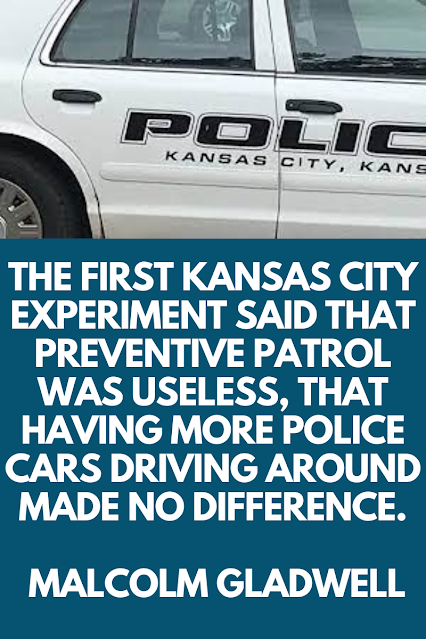Introduction The story of Nachiketa from the Katha Upanishad is one of the most profound lessons in focus, sincerity, and determination. Though deeply spiritual, its relevance extends far beyond — offering timeless wisdom for leaders, professionals, and anyone navigating today’s fast-paced corporate world. Nachiketa was a young boy whose father once undertook a yagna (sacred ritual) where everything one owned was to be given away in charity for spiritual merit. But instead of giving away his best possessions, Nachiketa’s father chose only the old and useless things. The boy, though only five years old, recognized the lack of integrity in his father’s actions. Courageously, he questioned his father: "If you truly vowed to give away everything, why are you keeping the valuable possessions back? Whom will you give me to?" Irritated, his father angrily retorted: “I give you to Yama, the Lord of Death.” Taking this seriously, Nachiketa set out to meet Yama. When he arrived, Yama ...
Introduction
An experiment was conducted in the 1970s to evaluate the effectiveness of routine preventive patrol. The experiment was designed to test whether increasing or decreasing the number of police patrol in a neighborhood would have any significant impact on crime rates, citizen fear of crime, and the public's satisfaction with the police department.Kansas City Preventive Patrol
The experiment was conducted in three areas of Kansas City, Missouri, which were randomly assigned to one of three groups: proactive, reactive, or control. The proactive group had twice as many patrol cars as usual in their neighborhood, the reactive group had half as many patrol cars as usual, and the control group had no change in the number of patrols. The experiment ran for a year and was closely monitored.The results of the experiment were surprising. The researchers found that increasing or decreasing the amount of patrol did not have any significant impact on crime rates, citizen fear of crime, or the public's satisfaction with the police department. The experiment showed that the presence of police officers in a neighbourhood did not deter crime or make citizens feel safer.
The findings of the experiment were controversial and challenged the traditional thinking of law enforcement officials, who believed that increased patrol was necessary to prevent crime. The experiment sparked a debate about the role of police in society and the most effective ways to reduce crime.
The Kansas City Preventive Patrol Experiment was necessary to provide empirical evidence on the effectiveness of traditional police patrol methods. The study challenged long-held assumptions about the impact of police patrols on crime and highlighted the need for evidence-based policing strategies. By testing a core element of traditional policing methods, the study provided valuable insights into how police resources can be more effectively allocated to reduce crime and increase public safety.
Pros:
The study provided valuable insights into the effectiveness of preventive patrol. It was one of the first experiments to systematically evaluate the impact of police presence on crime rates.
The findings of the experiment were based on a rigorous scientific methodology, which included randomization and control groups. This means that the results were more reliable and credible than other studies that relied on anecdotal evidence.
The experiment helped to dispel some of the myths about the effectiveness of police patrols. For example, it found that increasing police presence did not have a significant impact on crime rates or citizens' fear of crime.
Cons:
The study only focused on one city (Kansas City), so its findings may not be generalizable to other cities or regions.
The experiment only evaluated the impact of preventive patrol on crime rates and did not consider other factors, such as community relations, police accountability, or civil rights issues. The study was conducted in the 1970s, and since then, policing practices, crime patterns, and societal attitudes toward crime have changed. Therefore, the study's findings may not be applicable to the current context.
The Kansas City Preventive Patrol Experiment was necessary to provide empirical evidence on the effectiveness of traditional police patrol methods. The study challenged long-held assumptions about the impact of police patrols on crime and highlighted the need for evidence-based policing strategies. By testing a core element of traditional policing methods, the study provided valuable insights into how police resources can be more effectively allocated to reduce crime and increase public safety.
Pros and Cons of The Kansas City Preventive Patrol Experiment
Here are some of the Pros and Cons of the experiment:Pros:
The study provided valuable insights into the effectiveness of preventive patrol. It was one of the first experiments to systematically evaluate the impact of police presence on crime rates.
The findings of the experiment were based on a rigorous scientific methodology, which included randomization and control groups. This means that the results were more reliable and credible than other studies that relied on anecdotal evidence.
The experiment helped to dispel some of the myths about the effectiveness of police patrols. For example, it found that increasing police presence did not have a significant impact on crime rates or citizens' fear of crime.
Cons:
The study only focused on one city (Kansas City), so its findings may not be generalizable to other cities or regions.
The experiment only evaluated the impact of preventive patrol on crime rates and did not consider other factors, such as community relations, police accountability, or civil rights issues. The study was conducted in the 1970s, and since then, policing practices, crime patterns, and societal attitudes toward crime have changed. Therefore, the study's findings may not be applicable to the current context.


Comments
Post a Comment
Please do not add any spam link in the comment box